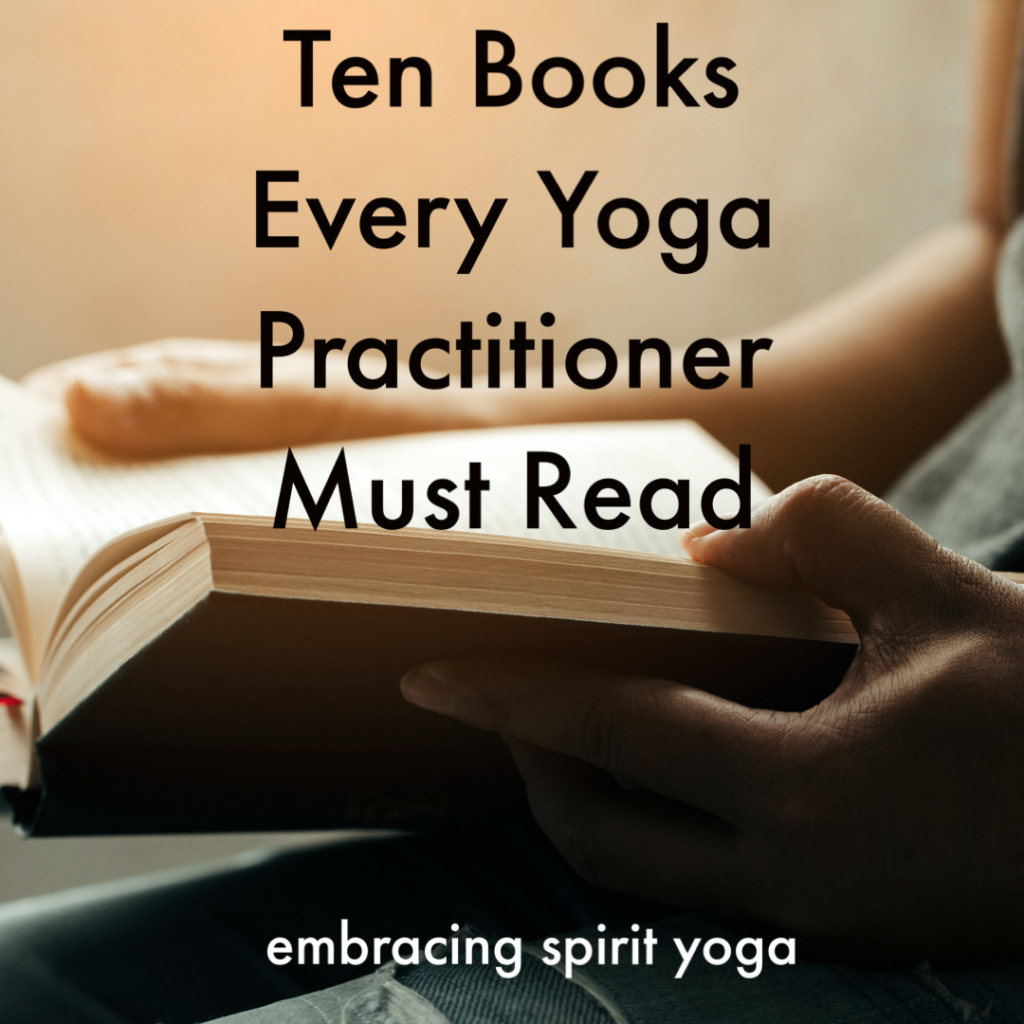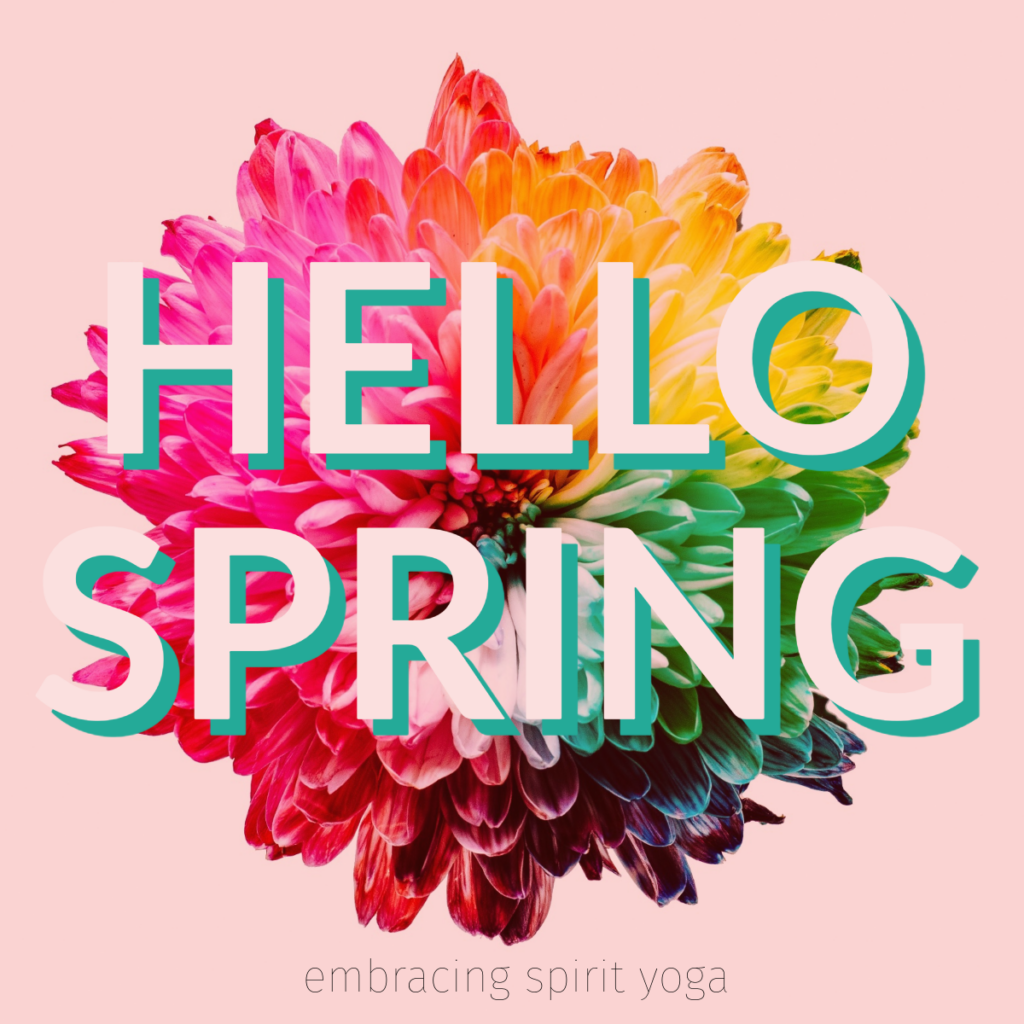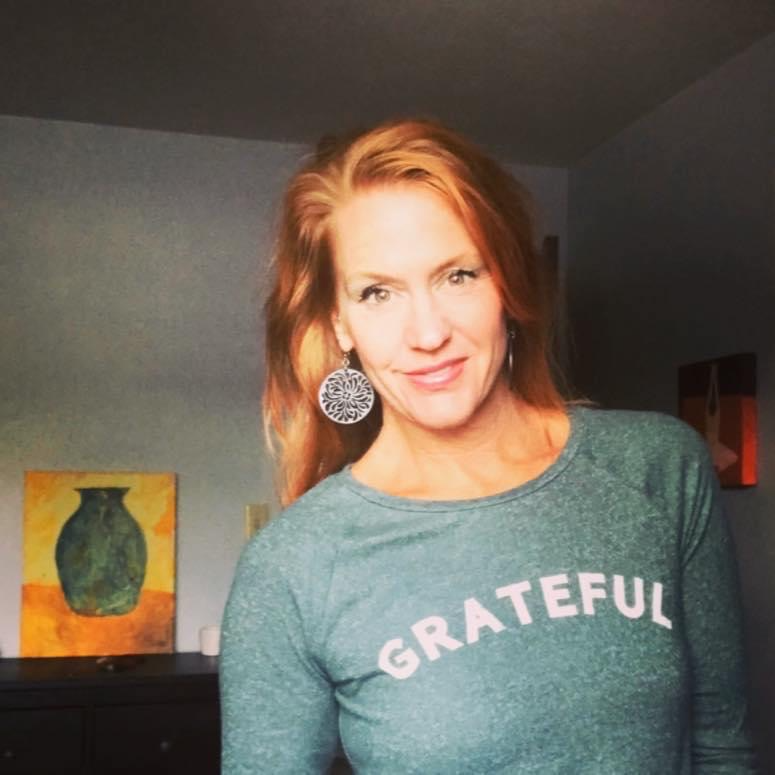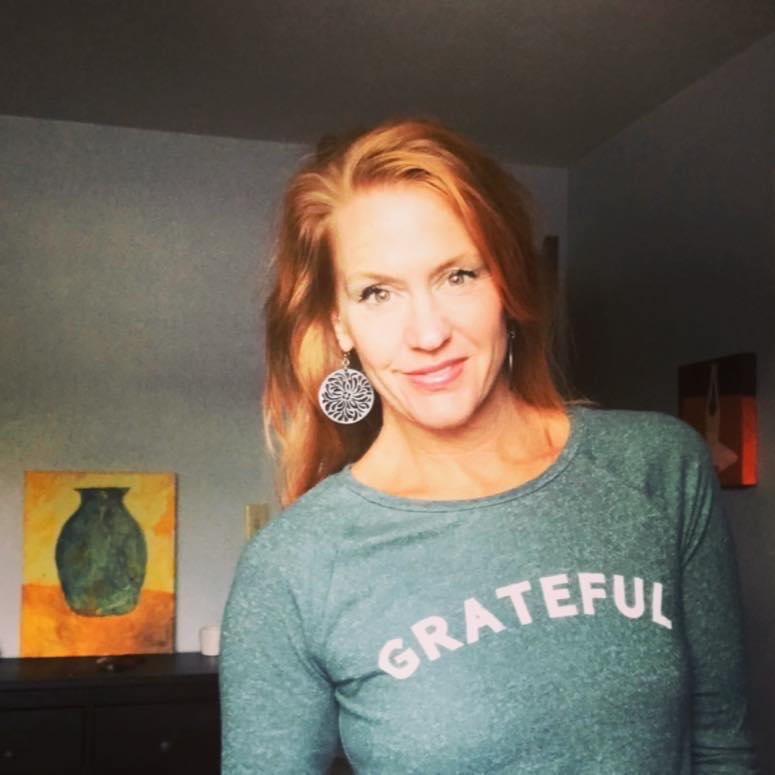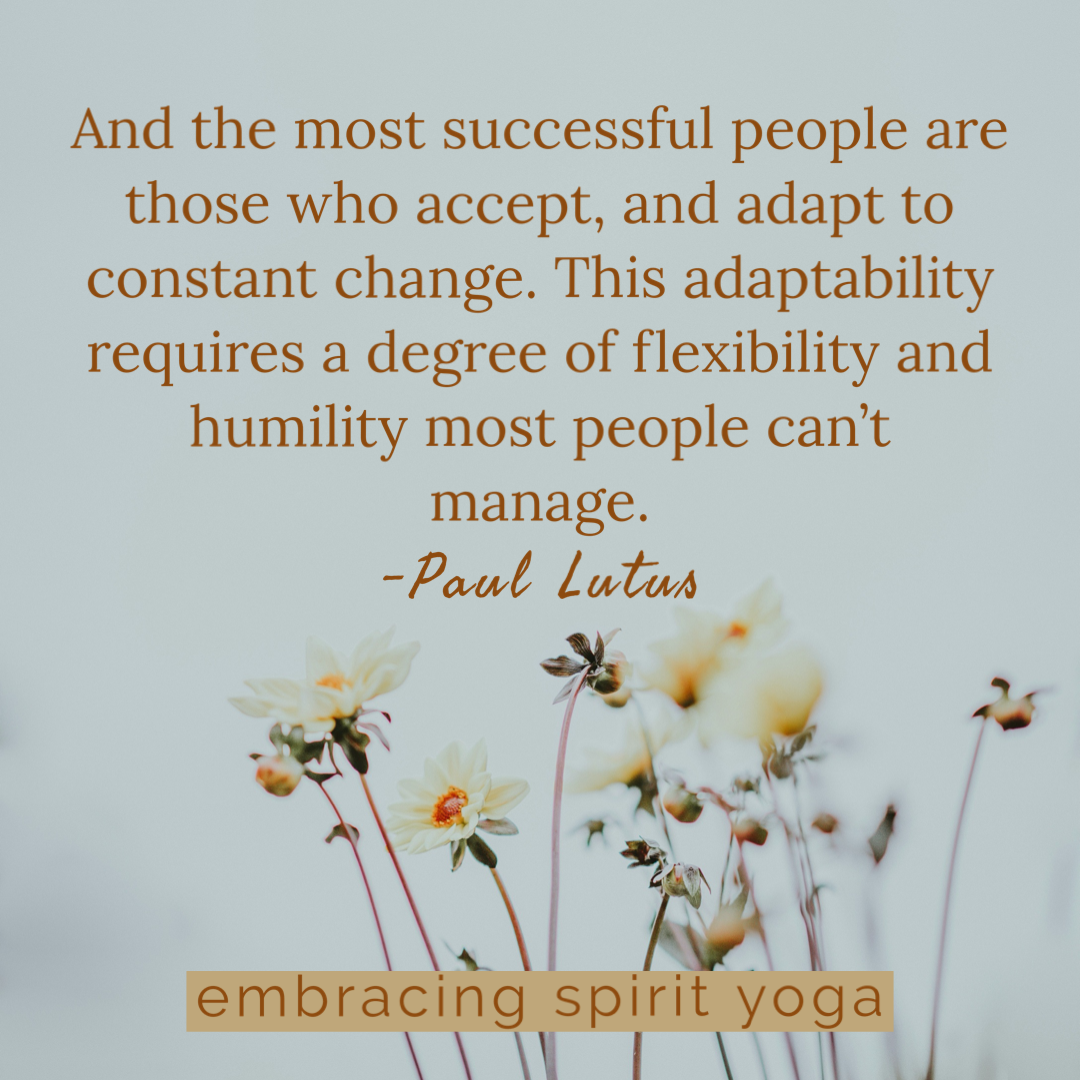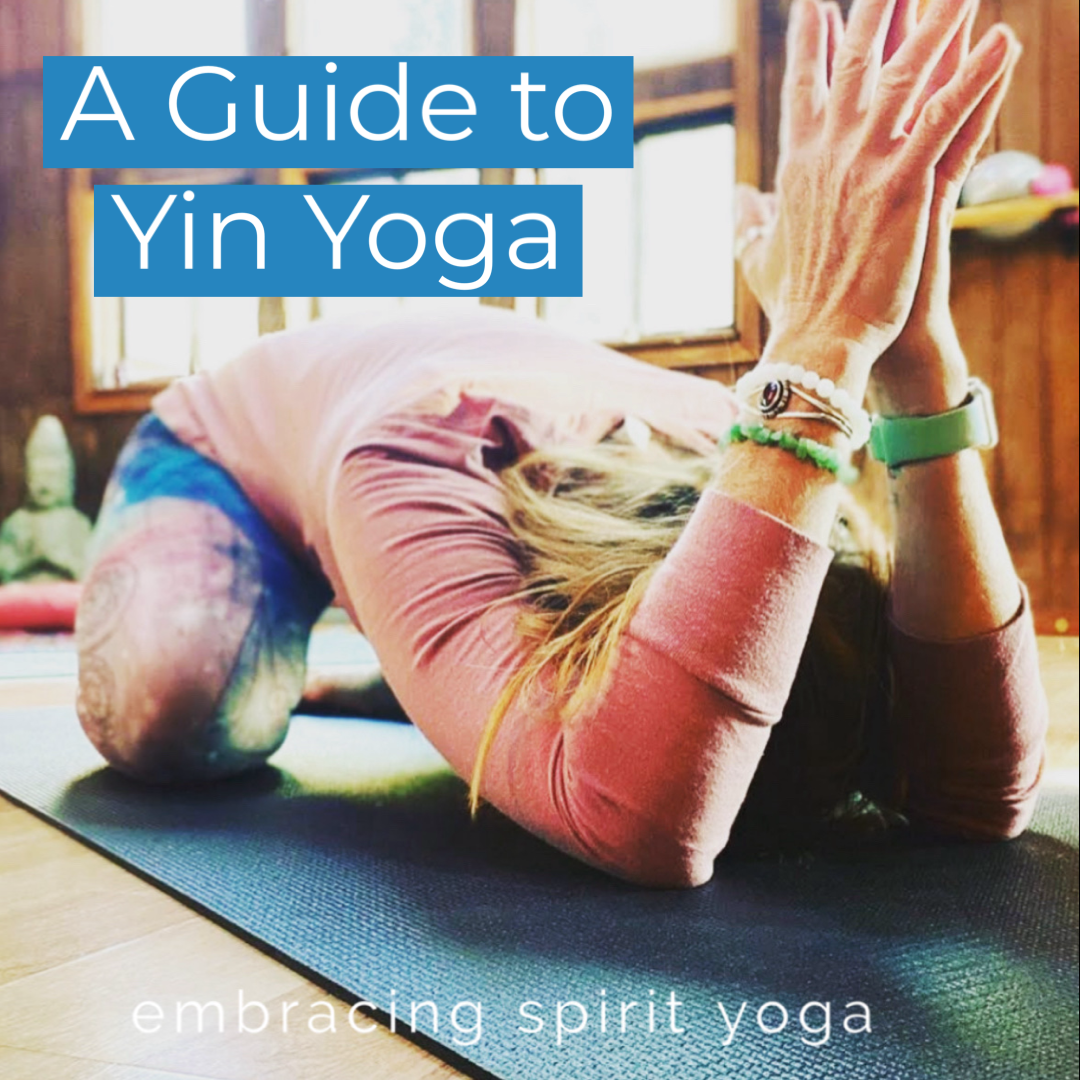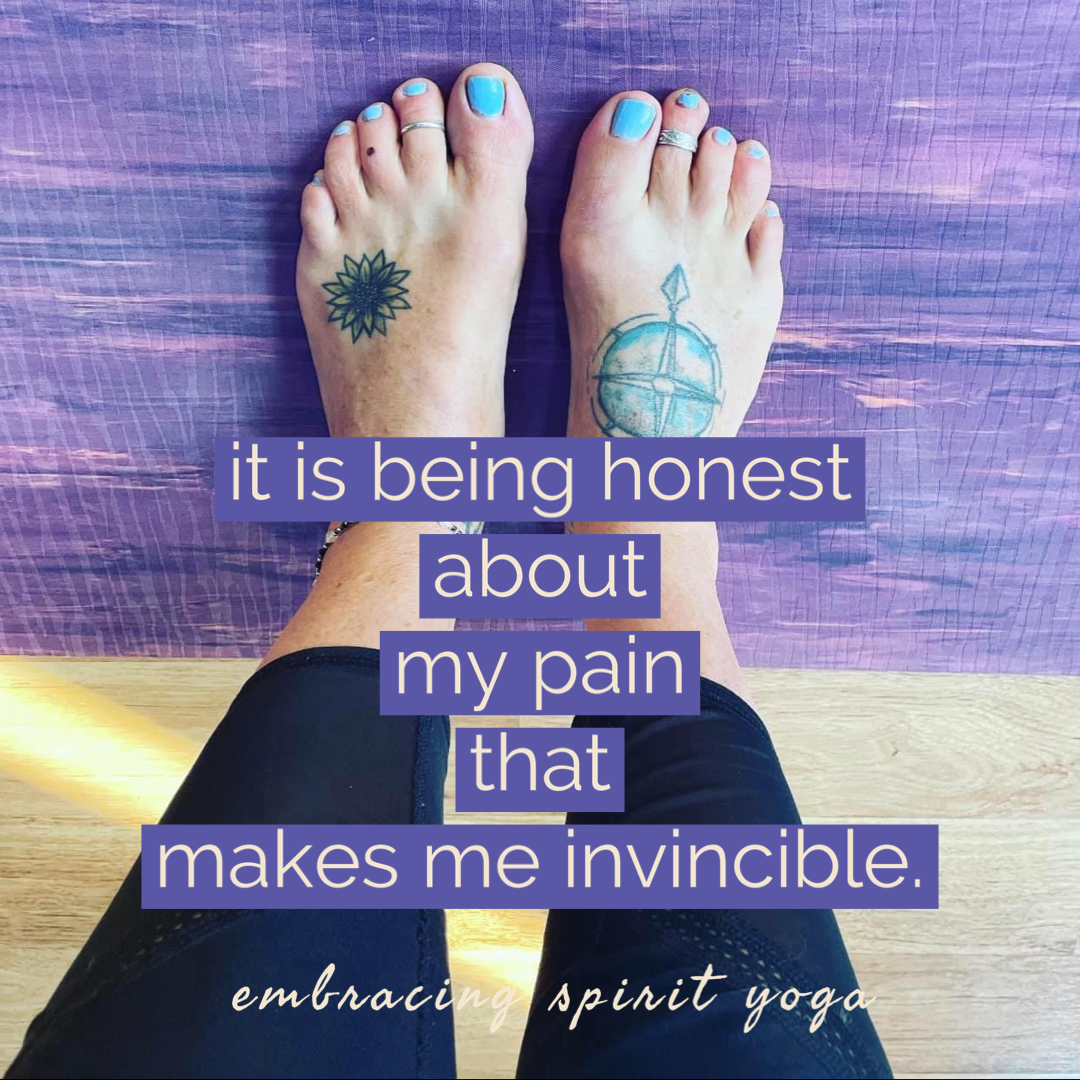There are so many good Yoga books out there and most people who are serious about their practice, or who teach Yoga have quite a collection of books. Most Yoga teacher trainings also have a requirement of reading some books during the training but I have found as time goes on the collection grows into more personal choices.
These are the top ten books I believe anyone who practices or teaches Yoga needs to have on their bookshelf.
- The Inspired Yoga Teacher. This gem of a book is a must for all people who love to practice, even if you aren’t a teacher. It is packed with great suggestions for how to take Yoga off the mat (or the chair) and live the principles and philosophies that make this discipline so good.
- Polishing the Mirror-How to Live from Your Spiritual Heart. This book is not a “Yoga” book but instead of beautiful collection of wisdom that will help you live from the heart. It is just a must.
- The Yoga Mind. This is the book that I believe will change your mind the most that Yoga is not just a physical practice, or worse and exercise. This will help you see that Yoga is a way of living and is suitable for ALL people.
- Anatomy of the Spirit-The Seven Stages of Power and Healing. Another choice that is not per se a “Yoga” book but instead a book that can easily become a manual or guide for living your best life. This read will dive deep into parts of you that you may not even knew existed. The audio version is amazing, too.
- The Practice is the Path. This book will help anyone with the mind-body connection that Yoga helps to encourage. This book will depend your spirituality and learn how the practice plays a critical part in the journey of the spirit.
- Living the Sutras-A Guide to Yoga Wisdom beyond the Mat. Most books that attempt to make easy sense of the Sutras are still hard to apply to everyday life. This little book is the perfect tool for applying the Yoga principles to everyday life.
- Living Your Yoga-Finding the Spiritual in Everyday Life. This book will stretche the meaning of yoga beyond its familiar poses and breathing techniques to include the events of daily life as ways to practice. A must for taking Yoga into every aspect of your life.
- The Gifts of Imperfection: Let Go of Who You Think You’re Supposed to Be and Embrace Who You Are. One of the hardest parts of personal growth is accepting who you are. When it comes to teaching, or even practicing Yoga, we tend to live in a space of comparison. This is such a great book to stop that and start living authentically.
- Wheels Of Life – A User’s Guide To The Chakra System. This in-depth book will help you understand the powerful energy that exists as part of every human being. Not only will you learn about yourself, you will be more aware others and develop a deeper understanding of differences.
- Light on Life: The Yoga Journey to Wholeness, Inner Peace, and Ultimate Freedom. This book brings readers this new and more complete understanding of the yogic journey. In reading this you may learn how to integrate the different parts of the self (body, emotions, mind, and soul), the role that the yoga postures and how breathing techniques play in our search for wholeness.
This post may contain affiliate links, meaning I get a commission if you decide to make a purchase through my links, at no cost to you.
About Stacie
Stacie believes that it is her life purpose to share the gift of Yoga with anyone who is willing to say yes. In addition to raising a family and being an advocate for those with disabilities, Stacie is founder of Embracing Spirit Yoga which specializes in bringing adaptive Yoga into community centers and rehabilitation clinics. Bringing her depth of compassion to the mat–or the chair–she offers students the opportunity to grow as an individual in all aspects of their life.
With over sixteen years experience, Stacie Wyatt is an experienced 500 hour Registered Yoga Teacher with Yoga Alliance, Certified Brain Injury Specialist, Certified Trauma Informed Coach, Life Wellness Coach, Senior YogaFit Instructor, Mind/Body Personal trainer, Stress Reduction and Meditation Instructor, Pilates Instructor, and Barre Instructor. Stacie is also certified in Integrative Movement Therapy™and is also a believer in the power and application of essential oils for health and wellness and proudly shares doTERRA essential oils.
Stacie brings her personal life experience of raising a daughter with a disability and over 12 years working in special education to her everyday Yoga classes.

